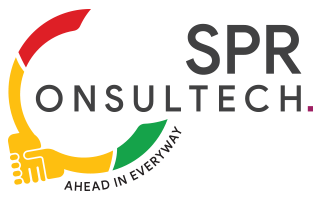Strategies for Application Modernization” encompass a range of approaches aimed at updating and enhancing existing software applications to meet the evolving needs of organizations in today’s digital landscape. These strategies are crucial for ensuring agility, scalability, security, and cost-effectiveness while leveraging new technologies and methodologies. Below are some key strategies organizations can consider:
- Re-platforming: Involves migrating applications to a new platform without making significant changes to the codebase. This approach helps organizations take advantage of modern infrastructure, such as cloud platforms, while minimizing risks and disruptions.
- Re-factoring: Focuses on restructuring and optimizing existing code to improve performance, scalability, and maintainability. By breaking monolithic applications into smaller, more manageable components or services, organizations can enhance agility and support continuous integration and delivery (CI/CD) practices.
- Re-architecting: Involves redesigning applications from the ground up to leverage modern architectural patterns, such as microservices or event-driven architecture. This strategy enables organizations to achieve greater flexibility, scalability, and resilience, while also modernizing legacy systems incrementally.
- Containerization: Involves encapsulating applications and their dependencies into lightweight, portable containers, such as Docker. This approach facilitates consistent deployment across different environments, improves resource utilization, and enables organizations to adopt cloud-native practices more easily.
- Cloud Migration: Involves moving applications and workloads to cloud platforms, such as Amazon Web Services (AWS), Microsoft Azure, or Google Cloud Platform (GCP). Cloud migration offers scalability, flexibility, and cost-efficiency, while also providing access to a wide range of managed services and advanced capabilities.
- Modernizing User Interfaces (UI): Focuses on updating the user interface and experience (UI/UX) of applications to meet modern design standards and user expectations. This may involve adopting responsive design principles, enhancing accessibility, and integrating new interaction paradigms, such as voice or gesture-based interfaces.
- Adopting DevOps Practices: Involves integrating development (Dev) and operations (Ops) teams and processes to streamline software delivery and operations. By implementing practices such as continuous integration, continuous delivery, and infrastructure as code (IaC), organizations can accelerate application modernization efforts and improve collaboration and efficiency.
By employing these strategies, organizations can effectively modernize their applications to adapt to changing business requirements, leverage new technologies, and drive innovation and competitiveness in the digital era.

